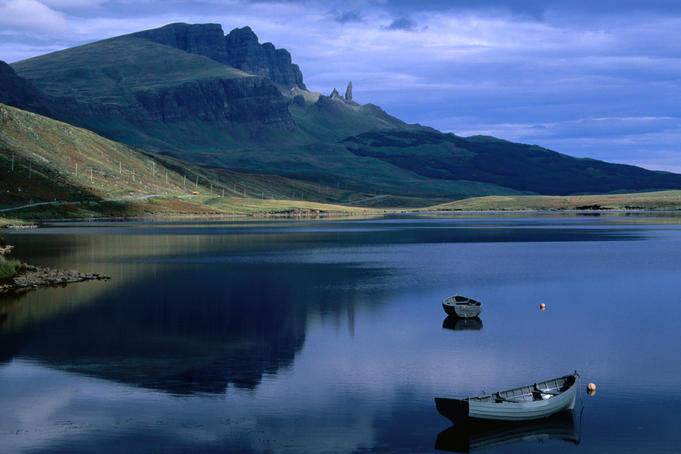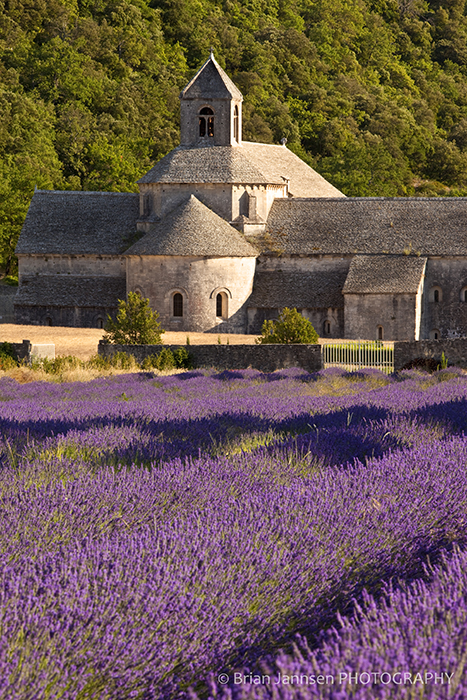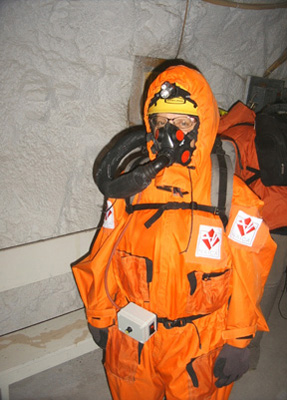Praise to the God for giving me ability in doing this assignment. Finally I had finished this task in the time given. Okay, here I will introduce myself. My name is Qurratu Ainie binti Abdul Halim. I had delivered to this beautiful world by my beloved mom in my town, Kuala Terengganu on 11 November 1992. I am studying at University Malaysia Kelantan (UMK), Pengkalan Chepa, Kota Bharu, Kelantan. My identity number at UMK is A11A364. I like to spend my time on social media such as Facebook, Twitter and so on. This is because I can get the latest news as soon as possible there. As we know, as a student it is also important to know the current issues in and out of the country. For example, now the MAS flight with registration number of MH370 is still missing, so we can follow the fast update about the news and continuously pray for them. Then, about my ambition, I want to be a successful entrepreneur in the future. I have planned to open a beautiful and attractive baby stuff soon. As I am studying in Faculty of Entrepreneurship and Business in Retailing, with the various of good knowledge, insyaAllah I will strive to achieve the ambition.
Last but not least, about this awesome assignment(15 Attractive Places In The World) , I think it is very different and creative assignment I ever had. From this, I can learn many things, in tourism world especially. Not only in this country, but all over the world. A special thanks for my beautiful and cheerful lecturer, Miss Raja Norliana binti Raja Omar, for this awesome assignment! ^_^

























